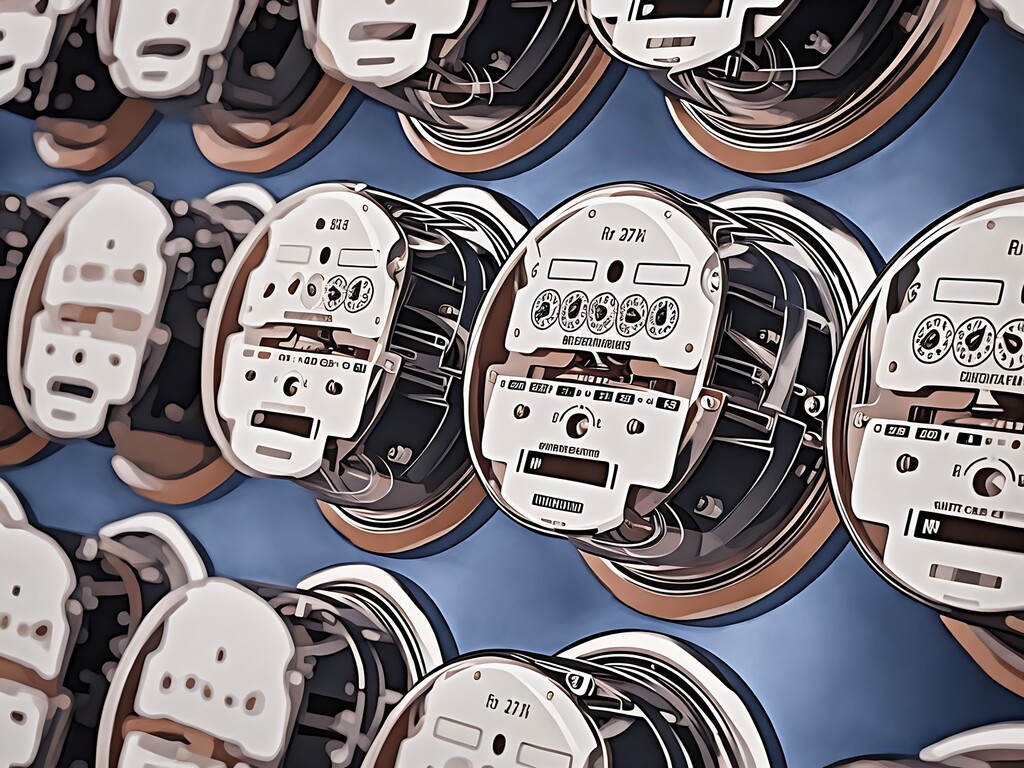As utilities across the globe adapt to evolving energy demands, innovative tariff designs are becoming essential tools to promote efficiency, integrate renewable energy, and encourage consumer engagement. Traditional flat-rate pricing schemes no longer reflect the complexities of modern electricity grids. Advanced rate designs, such as time-of-use (TOU) pricing, dynamic pricing models, and clean transition tariffs, are emerging as mechanisms to align electricity consumption with grid needs. These new structures aim to manage demand, reduce peak loads, and effectively integrate distributed energy resources (DERs), paving the way for a cleaner and more reliable energy future.
Managing Demand with Time-of-Use and Dynamic Pricing Models
One of the most prominent innovations in energy rate design is the adoption of TOU pricing, which encourages customers to shift their electricity consumption to off-peak periods when power is cheaper and more abundant. Many utilities have deployed TOU rates to residential customers, helping to reduce the strain on grids during peak times. This pricing model aligns prices with the actual cost of electricity generation, promoting behaviors such as charging electric vehicles overnight when demand is low and renewable energy is abundant.
Beyond TOU, some utilities are introducing more sophisticated pricing models, including real-time pricing (RTP) and variable peak pricing (VPP). These structures reflect the fluctuating costs of electricity in real time, creating incentives for consumers to adjust their usage based on hourly market signals. Such models not only reduce peak loads but also encourage customer flexibility, allowing them to participate in demand response programs that stabilize the grid during periods of high demand.
Integrating Distributed Energy Resources with Innovative Tariffs
Incorporating DERs such as rooftop solar, battery storage, and electric vehicles into the grid requires new rate designs that recognize their value in balancing supply and demand. For example, clean transition tariffs (CTTs) are being implemented by utilities to enable corporate customers to match their energy consumption with clean energy resources hourly. These tariffs help companies meet ambitious sustainability goals by securing reliable renewable power, reducing reliance on fossil fuels, and encouraging the development of firm clean technologies like geothermal and advanced nuclear power.
Subscription-based models are another emerging trend. These models offer customers the option to pay a fixed rate for a certain amount of energy, mirroring plans seen in telecommunications. This design ensures predictability for consumers while incentivizing utilities to optimize their operations to avoid peak-time usage.
Equity and Accessibility in Rate Design
Ensuring that innovative tariffs do not exacerbate economic inequalities is a critical consideration. Programs such as peak-time rebates (PTR) allow customers to receive financial incentives for reducing usage during peak hours, making participation in energy savings accessible to a broader audience. However, as utilities transition to more complex pricing structures, there is an ongoing need for transparency and education to ensure that customers understand and benefit from these changes.
Rate designs also play a pivotal role in ensuring equitable access to clean energy technologies. For example, regulators are exploring how TOU pricing can encourage the adoption of energy-efficient equipment, such as heat pumps and smart thermostats, by aligning operation times with low-cost periods. This approach supports grid management and decarbonization efforts, as consumers are incentivized to use energy when renewable generation is most available.
Conclusion
The transformation of electricity tariffs and rate designs reflects the broader shift toward a cleaner, more decentralized energy system. Utilities are moving away from traditional models in favor of dynamic, flexible pricing structures that promote grid stability, optimize energy consumption, and accelerate the integration of renewable energy sources. As advanced metering infrastructure and smart technologies become more widespread, utilities will have greater capacity to implement innovative tariffs tailored to both consumer preferences and grid needs. However, it is essential for utilities and regulators to carefully design these tariffs to ensure accessibility and fairness, balancing the needs of consumers with the demands of a rapidly evolving energy landscape.
With rate design innovations, the future of energy is not just about keeping the lights on—it’s about doing so sustainably, equitably, and efficiently while empowering consumers to actively participate in the energy transition. As more utilities adopt these advanced tariffs, they will play a key role in shaping an energy ecosystem that is resilient, responsive, and ready for the challenges of the 21st century.

